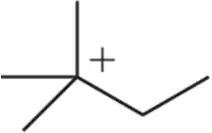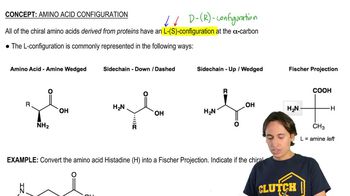Give the molecular formula of each compound shown
(a)
(b)
(c)

 Verified step by step guidance
Verified step by step guidance Verified video answer for a similar problem:
Verified video answer for a similar problem:



 4:03m
4:03mMaster How bondline is different from Lewis Structures. with a bite sized video explanation from Johnny
Start learning